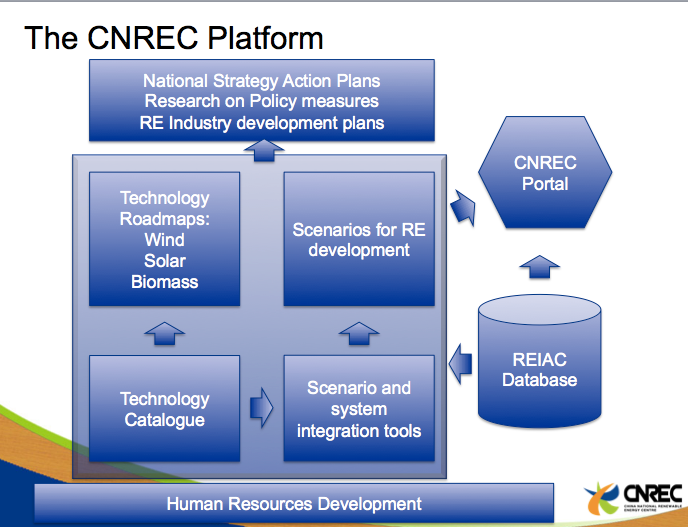Category Archives: CNREC
China Energy Policy Newsletter – February 2020
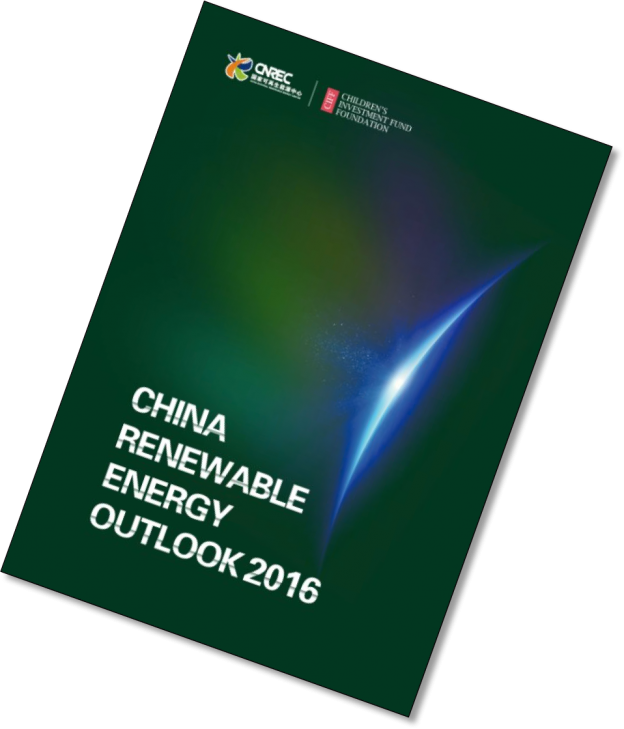
Renewable energy enables an early peak of CO2 emissions in China
China Renewable Energy Outlook shows pathways to a more sustainable energy future
China can reach its energy and environmental goals, but further policy measures are required for comprehensive energy transition to a sustainable low-carbon system. This is a main conclusion in the China Renewable Energy Outlook 2016, a new comprehensive study launched at the International Energy Transition Forum in Suzhou Monday 31 October 2016
“China needs energy for its further economic development but if we continue to rely heavily on coal, we will be stuck with an energy system, which pollutes, depletes our resources and confines us to the old industrial world”. Wang Zhongying, Vice Director General in ERI, director for China National Renewable Energy Centre and responsible for the China Renewable Energy Outlook, is serious about the problems created by the current energy system, but also optimistic about the future possibilities. “In tandem with the new industry revolution we must create a new energy revolution. Our analyses in the outlook show that renewable energy is ready to take the role as the back bone of the system within the next 15 years. A high share of renewables in the energy system in 2030 will not only reduce coal consumption and CO2 emissions substantially but also create a pathway towards a long-term low-carbon energy system”.
China Renewable Energy Outlook 2016 is the first renewable energy outlook from China Renewable Energy Centre (CNREC), a think tank within Energy Research Institute under NDRC. The Outlook analyses two scenarios for the future development of the Chinese energy system towards 2030.
The “Stated Policy Scenario” shows the impact of the current energy policy in China and the “High Renewable Energy Penetration Scenario” analyses the possibility of going even further with the deployment of renewable energy. In the Stated Policy Scenario, wind power capacity soars from 130 GW today to 500 GW in 2030 and solar PV develops from 43 GW to 500 GW. As a result, coal consumption decreases and CO2 emissions stabilise ca 2025.
The High Renewable Energy Penetration Scenario has 1000 GW wind power and 1100 GW solar PV in 2030. Here CO2 emissions decrease from today’s level peaking before 2020 and in 2030 the emissions are reduced by 12% compared with today. Coal consumption is reduced by 28% compared with consumption today. The analyses show that it is possible to integrate large shares of renewable energy into the Chinese energy system if the right policy measures are implemented. An efficient power market, with transparent electricity prices, is the single most important driver for cost efficient integration of renewable energy. At the same time coal power will find a new role as providers of flexibility in a system where renewable energy takes over the role of back-bone of the power supply.
China Renewable Energy Outlook has been developed as part of the larger program for boosting renewable energy in China, supported by the Children’s Investment Fund Foundation and the Danish Government.
In Suzhou the Danish Deputy Permanent Secretary at the Danish Ministry of Energy, Utilities and Climate highlighted the importance of comprehensive studies like the China Renewable Energy Outlook. “The Outlook clearly shows the importance of flexibility in the power system. The Danish experiences show that coal fired power plants can be operated very flexibly and we are able to integrate very large amount of wind power, thanks to flexible power plants, efficient power markets and flexible use of the electric interconnectors”.
China Renewable Energy Outlook 2016 is the first issue from CNREC. After the launch in Suzhou the work on next year’s outlook begins together with the US based National Renewable Energy Laboratory, the Danish Energy Agency, and the new German partners GIZ, Agora Energiewende and DENA.
China Renewable Energy Outlook 2016 is available for download on CNREC’s website or you can download it here
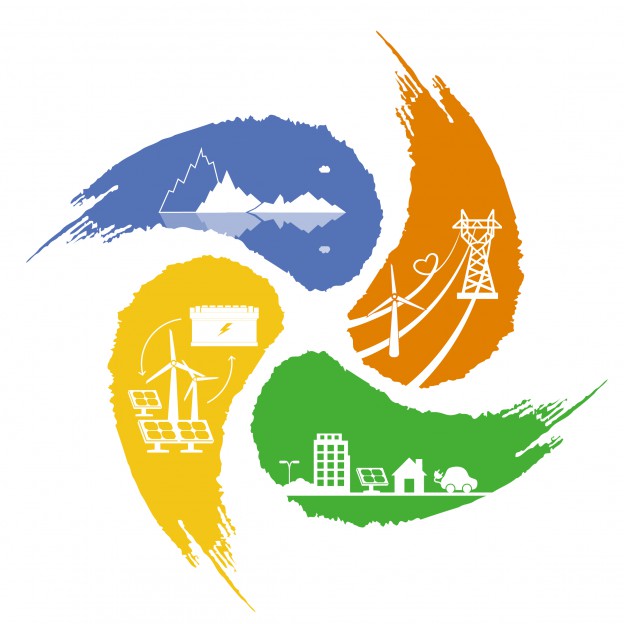
How to boost RE development in China
China National Renewable Energy Centre, CNREC, is now launching the website “Boosting RE as part of China’s energy revolution”.
At www.boostre.cnrec.org.cn you will find the latest news, research results, reports and blog posts of the activities in the five-year program funded by the Children’s Investment Fund Foundation, CIFF. The program seeks to boost the deployment of RE, encourage the dominant role of RE in the future China energy system, and ultimately promote the transformation of China’s energy system into an economic sustainable, environmental friendly and low-carbon system.
Also follow CNREC on Linkedin to get updated news about China National Renewable Energy Centre and the “Boosting RE in China” program.
China RE Policy research – full speed forward
China RE Policy research – full speed forward
The impressive list of 2013 activities in China National Renewable Energy Centre illustrates the centre’s importance for setting the scene for Chinas future energy system.
CNRECs 2013 annual report is an impressive story about a large number of projects carried out by the team behind the centre. All projects very topically, focusing on policy research and aiming at giving the Chinese policy makers the best available basis for decisions.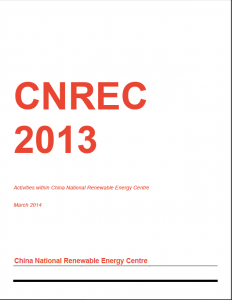
CNREC was launched in early 2012 and the centre has since shown it’s value for the deployment of renewable energy in China. The centre’s activities comprise policy research, RE industry development, management of large demonstration programs, development of monitoring systems and databases for information about RE development in China and abroad, and last but not least boosting cooperation between China and the international RE community.
Have a look – download the easy-read report here.
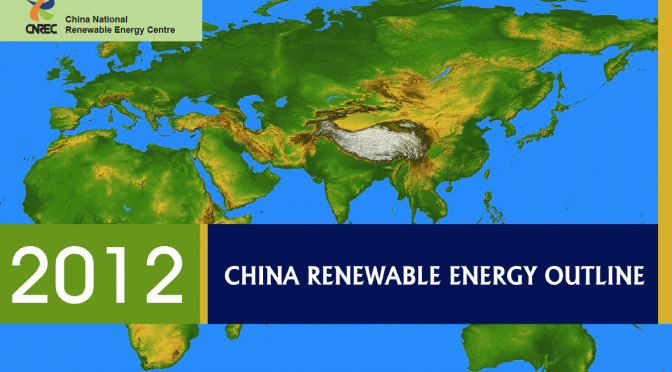
China: 2012 the first year with more than 20% RE power share
New consolidated data for RE now available
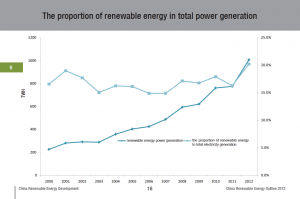 Despite a impressive growth in the RE capacity in China, it has been difficult for renewable energy to gain a significant share of the total electricity production. For the period 2000 to 2010 the percentage has been closer to 15% than to 20% in most years, hardly keeping pace with the high growth rates in electricity consumption. However, in 2012 the share passed the 20% line and reached 20.2%, mainly due to and increase in hydro power and wind power.
Despite a impressive growth in the RE capacity in China, it has been difficult for renewable energy to gain a significant share of the total electricity production. For the period 2000 to 2010 the percentage has been closer to 15% than to 20% in most years, hardly keeping pace with the high growth rates in electricity consumption. However, in 2012 the share passed the 20% line and reached 20.2%, mainly due to and increase in hydro power and wind power.
A new publication from China National Renewable Energy Centre (CNREC) gives a good overview of the development of renewable energy in China from 2000 to 2012. Previous figures for capacity and production of hydro, wind, solar and biomass has been consolidated and revised in order to give the most accurate picture of the development. Furthermore, more information regarding investments and comparison with other countries and regions are brought up to date. Finally, the leaflet gives an overview of the Chinese RE policy and current RE targets. Download it from CNRECs web site.
Kick-off of the China Solar Roadmap
This week the preparation of a comprehensive Chinese solar roadmap was launched in Beijing. The roadmap will look at solar PV, concentrated solar power (CSP) and solar thermal technologies and analyse the technology development trends, international and national market trends as well as the possibilities and challenges for the Chinese solar manufactures. The roadmap will be finalised by the end of 2013. 
The Solar Roadmap is sponsored by the Sino-Danish Renewable Energy Development (RED) Program and it is supervised by the China National Renewable Energy Centre – CNREC. The analyses will be carried out by a large number of leading Chinese experts under the umbrella of China Renewable Energy Society supported by international solar experts participating in the IEA Solar Technology Initiatives.
At the kick-off meeting on 29 January 2013 I had the possibility to wrap up the plenum discussion with these words:
“We already have a number of international and national solar roadmap and it is of course very useful to learn from these experiences. But it is also important to realise that the Chinese roadmap should focus on the Chinese context. The solar market is a global market with China as one of the major players on the manufacturing side. Thus the roadmap should look into the international market development expectations. Also the technology development is international and international development trends are therefore important frameworks for the Chinese roadmap. But the Chinese roadmap must address the challenges and possibilities for solar in the Chinese energy system, and also address the short term an long term possibilities and challenges for the solar manufactures.
The Chinese ambitions on deployment of solar installations are very ambitious, especially on the PV installations. This month NEA announced a target of 10 GW of installed capacity for 2013, about 10 times the installation in 2012. For solar thermal, especially large scale systems, the potential might not have be fully understod yet. For both technologies this roadmap will be very important to clarify both the short term and long term challenges and possibilities and also to look into the different policy measures suitable for ensuring the deployment.
The Chinese RE industry is wisely considered as one of the strategic emerging industries in China, and the Chinese solar PV Industry has certainly shown its ability to move quickly. But today the PV industry is in trouble. Production capacity is much higher than the current market demand, and it is difficult to quickly adjust this capacity downwards again. This partly explains the urgent need to stimulate the national market, but even the 10 GW goal might not solve the problem for the PV-industry. At the same time the technology breakthrough of new systems might be just around the corner, which again will challenge the Chinese manufactures. Will they be able to become front runners in this development or will they be stuck with the old technology solutions? I think this roadmap will be particular important for the solar industry as a basis for understanding both the national and international market and as a tool for understanding the emerging technologies which are necessary to implement in the future in order to survive and grow. I hope the team will use the working process to frequent consult with the industry, both to get inspiration and input but also to provide and discuss the result with this very important stakeholder group.
Should the roadmap be consistent with the current national energy plans? Not necessarily! Road maps should point to possibilities and expand the knowledge of these technologies. Roadmaps are in my opinion front runners for energy plans. Then of course the energy plans might have other considerations which will deviate from the roadmaps and that is actually no problem to have these different perspectives. So I encourage you to be bold regarding potentials and possibilities including ambitious long time goals but also to be realistic regarding the challenges and needs for implementing measures.
I am very happy to see that the working team include the best Chinese solar experts. This is very promising for the quality and success of the roadmap. I am of course also happy that it has been possible to include the Danish experts in the work contributing with experiences from Europe and from the important work in the IEA technology groups.
I wish you good luck with this important and exciting study. I am looking forward to follow the work and to see the first roadmap by the end of this year”.
Strong analytic platform for RE policy research in China
China National Renewable Energy Centre (CNREC) develops a comprehensive toolbox for development of policy strategies for renewable energy in China.
Since the launch of CNREC in February 2012 much effort has been put into the development of an analytic platform which would enable the centre to make high quality research on policy strategies and RE development in China. The development has been inspired by international best practice solutions and especially researchers and experts from Denmark, Germany and United States have given valuable input to the development of the platform.
The platform consists of data, software-tools, methodologies and reports, supporting each other:
- The basic information about renewable energy technologies are currently being collected in a technology data catalogue for the most important RE technologies. Not only the current status is described but also the future development trends to 2050.
- A suite of simulation tools are being developed for comprehensive analyses of the impact of RE deployment for the whole Chinese energy system in form of scenarios for the development to 2050.
- A number of technology roadmaps are developed. Roadmaps for wind energy and biogas are already available at the CNREC information portal, and in 2013 roadmaps for solar energy and biofuel will be prepared.
- Several scenario studies are currently part of the CNREC-work portfolio. Focus is on how to obtain a high share of renewable energy in the Chinese energy system in 2050 and how to set up a feasible development path in order to realize such a vision.
- All these activities gives a solid basis for policy action plans on support schemes, regulatory initiatives etc.
A bit more elaborated description of the CNREC platform can be found in this presentation: CNREC recent development, which was one of the topics at a meeting in the Danish ThinkChina initiative in December 2012.

High expectations for solar PV development in China – but can they be met?
The solar PV development in China and in the world are one of the main themes in the brand new issue of China Renewable Energy Magazine from CNREC
Experts from Energy Research Institute of NDRC, China Photovoltaic Society and State Grid Energy Research Institute give in the new issue of the CNREC RE Magazine a quite comprehensive and in-depth view of the recent and future development of the solar PV industry and market (the figures below are from the magazine).
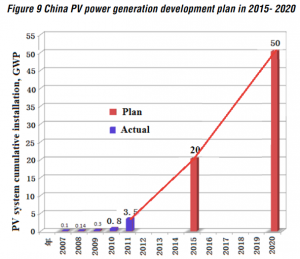 The 12th 5-year plan set out clear and ambitious targets for the development of solar PV in China. 20 GW installed capacity is the target for 2015 and 50 GW is the target for 2050. In 2011 3.5 GW is installed. The plan focuses both on large PV power plants and on distributed PV systems, including roof-top and building integrated installations. But is it possible to have such a rapid development in China the next 5-10 years?
The 12th 5-year plan set out clear and ambitious targets for the development of solar PV in China. 20 GW installed capacity is the target for 2015 and 50 GW is the target for 2050. In 2011 3.5 GW is installed. The plan focuses both on large PV power plants and on distributed PV systems, including roof-top and building integrated installations. But is it possible to have such a rapid development in China the next 5-10 years?
From an incentive point of view, Wang Sicheng from NDRCs Energy Research Institute (ERI) points out that the RE law from 2005 and 2009 is a sufficient overarching framework for the development of solar PV in China. The law has been follow by detailed implementation of support schemes for demonstration project and a Feed-In Tariff (FIT) for large PV power plants. Nevertheless there are still a number of barriers for the large PV installations:
- Difficulties in connection to the transmission grid
- High Land use tax
- Unclear lenght of the FIT subsidy
- Severe delays in the payment of the subsidy
- Bad timing between planning of the PV power plants and the grid planning
The development of distributed PV installations has until now happened as part of the demonstration programs, e.g. the Golden Sun projects. And here the development has run into a series of barriers:
- Difficulties in connecting to the distribution net
- Difficulties in setting up contracts with the grid companies
- Unclear or missing standards for grid connection etc.
Zhao Yuwen from China Photovoltaic Society (CRES) look at the solar PV development from an industry point of view. In general he agrees with the ideas of promoting FIT for solar PV and to have better timing between grid and solar PV development. On top of this he points to some industry specific challenges. It is a big challenge for the Chinese solar PV industry that the Chinese market only is around 10 percent of the Chinese production. A more solid home market is needed to avoid severe damage from protectionism in international trade. Furthermore the Chinese solar PV industry have problems to become competitive with foreign manufactures when it comes to some of the components in solar PV panels, e.g. polycrystalline silicon and some high-end raw and auxiliary materials.
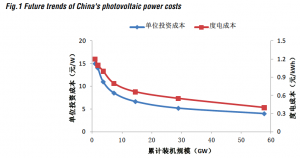 Finally Cao Shiya from the State Grid Energy Research Institute looks at the technical and economic development of different solar PV systems. One of the main points is that the rapid development of installations allows for further improvement of the levelized cost of electricity from solar PV. He expects the cost to be half of the current cost in 2020.
Finally Cao Shiya from the State Grid Energy Research Institute looks at the technical and economic development of different solar PV systems. One of the main points is that the rapid development of installations allows for further improvement of the levelized cost of electricity from solar PV. He expects the cost to be half of the current cost in 2020.
There is a wealth of information about the past, present and future development of solar PV systems in all three articles, not only for China but also for the global development. If you are interested in solar PV in China, CNRECs 3th RE Magazine is a must-read. On top of this you get a lot of other interesting article about policy, industry and data about renewable energy. Download the Magazine from CNREC web site in Chinese or English.
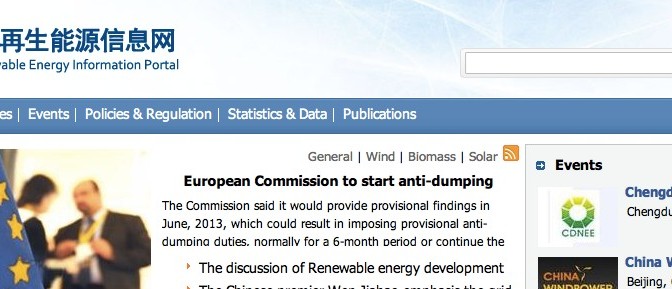
China Renewable Energy Information Portal launched
CNREC has recently launched a new information portal for renewable energy information in China and abroad. Check it out here in Chinese or here in English.
The portal will be updated frequently with new information. Already now the Chinese portal includes a library of publications and pictures.
Ideas for content and improvements of the portal are more than welcome. Send an email to editor@cnrec.org.cn with your comments.
PS: A long summer has past without activity on the blog. The autumn and winter ahead will hopefully leave time for more blogging activities on China Energy Viewpoint. So use the RSS feed to follow this blog in the future!

